Best Sale ✨ Quechua Children’s Active Warm Hiking Snow Hiking 500 Hiking Clothing ⭐
$35.00 Original price was: $35.00.$28.35Current price is: $28.35.
- Experience the Best Quality
- The quality you expect, the service you deserve.
- The best quality products, always.
- Safe Transactions, Happy Customers

Comfortable temperature measured in static: 25°F.
in dynamics: 3°F.
—specs—
Measurement of the thermal insulation of our shoes.
Based on tests on how the cold is felt in the field and in the laboratory with a panel of users, we measure the thermal resistance of our shoes at rest (static) and in activity (dynamic). It is now possible to know precisely up to what temperature your shoes protect you. Temperature limits of comfort for your shoes are indicated. We take into account differences in sensation between men and women in our data.
Footwear waterproofing test.
Tested in the laboratory, the shoes give you an optimal impermeability. First immersed in water under air pressure, we check the absence of bubbles on the surface of the shoe. Then they are placed on a mechanical arm simulating walking, half immersed in water. We then check if the inside of the shoe remains perfectly dry. These laboratory tests are supplemented with use and aging tests on the field.
3 levels of waterproofing.
During the impermeability test, we tested 3 levels of impermeability 2000 flexions (about 2.5 miles of walking), 4000 flexions (about 5 miles of walking) and 8000 flexions (about 10 miles of walking).
Level of impermeability of the shoe.
This model of boot has been tested up to 8,000 flexions equivalent to 10 miles of walking.
SNOWCONTACT technology.
SNOWCONTACT soles are designed from a specific component and a cleat design adapted to ensure the best possible grip and adherence. SNOWCONTACT soles are more effective than traditional soles on snow. In case of use on ice, only the addition of anti-slip grips will ensure optimal safety.
Field tests.
All our shoes undergo comfort and use tests carried out by users who are representative of our target market, in conditions identical to those found in typical use. Our Field Test Missions involve the product manager and people who are not affiliated with QUECHUA to test, improve and validate our products.
Laboratory tests.
Laboratory tests were conducted to test the following elements: torn eyelets and straps, bonding, toxicology, UV resistance, abrasion of the sole and the components of the upper, accelerated aging.
Product Testing
All our shoes are tested for wearing comfort and comfort in use by users who are representative of the target market, under the same conditions as those that will be experienced in real-life use. Our Field Test Missions team up the product manager with people who aren’t affiliated with QUECHUA, to test, improve, and validate our products.
Composition
Upper of : 60.0% Polyurethane, Upper of : 40.0% Polyester cationic Outer sole of : 60.0% Rubber – Synthetic, Outer sole of : 40.0% Ethylene Vinyl Acetate Warm lining : 82.0% Polyester cationic, Warm lining : 18.0% Polyurethane Lining and sock of : 100.0% Polyester cationic
Storage Instructions
Store in a dark, dry and well-ventilated place.
Care Instructions
Air dry. Do not dry near a heat source. Scrub with a soft brush. Air dry. Re-waterproof regularly using a suitable product.
—/specs—
—catchline—
Comfortable and warm shoes. With their SNOWCONTACT sole, the 500 Active Warm Active waterproof shoe will keep you safe on all kinds of winter terrain.
—/catchline—
—features—


Warmth
Comfortable temperature measured in static: 25°F.
in dynamics: 3°F.


Waterproof
Breathable, waterproof membrane to keep your feet dry.


Grip
SNOWCONTACT technology: optimal grip / grip on snow, 5 mm cleats.


Fit
Mid upper with 2 hooks on the upper part to ensure a good fit.


Fit
2-eyelet lacing system with a wide range of possible adjustments.


Lightweight
16.2 oz in size 9.
—/features—
—made_for—
protection from wintry conditions when hiking on snow-covered terrain.
—/made_for—
—videos—
p1519326
—/videos—
| Color | Dark Petrol Blue |
|---|---|
| Size | 8.5, 10.5, 11.5 |
Be the first to review “Best Sale ✨ Quechua Children’s Active Warm Hiking Snow Hiking 500 Hiking Clothing ⭐” Cancel reply
Related products
Camp Furniture
Hiking Clothing
Budget 🤩 Forclaz Trek 100 23°F Down Packable Puffer 🎒 Backpacking Jacket Hiking Clothing 🤩
Hiking Clothing
Discount ❤️ Hiking Clothing Quechua SH100 U-Warm, Waterproof High Snow 🥾 Boots, Men’s ⌛
Camp Furniture
Hiking Clothing
Outlet 🤩 Hiking Clothing Forclaz Trek 100 23°F Down Packable Puffer 🎒 Backpacking Jacket 🥰




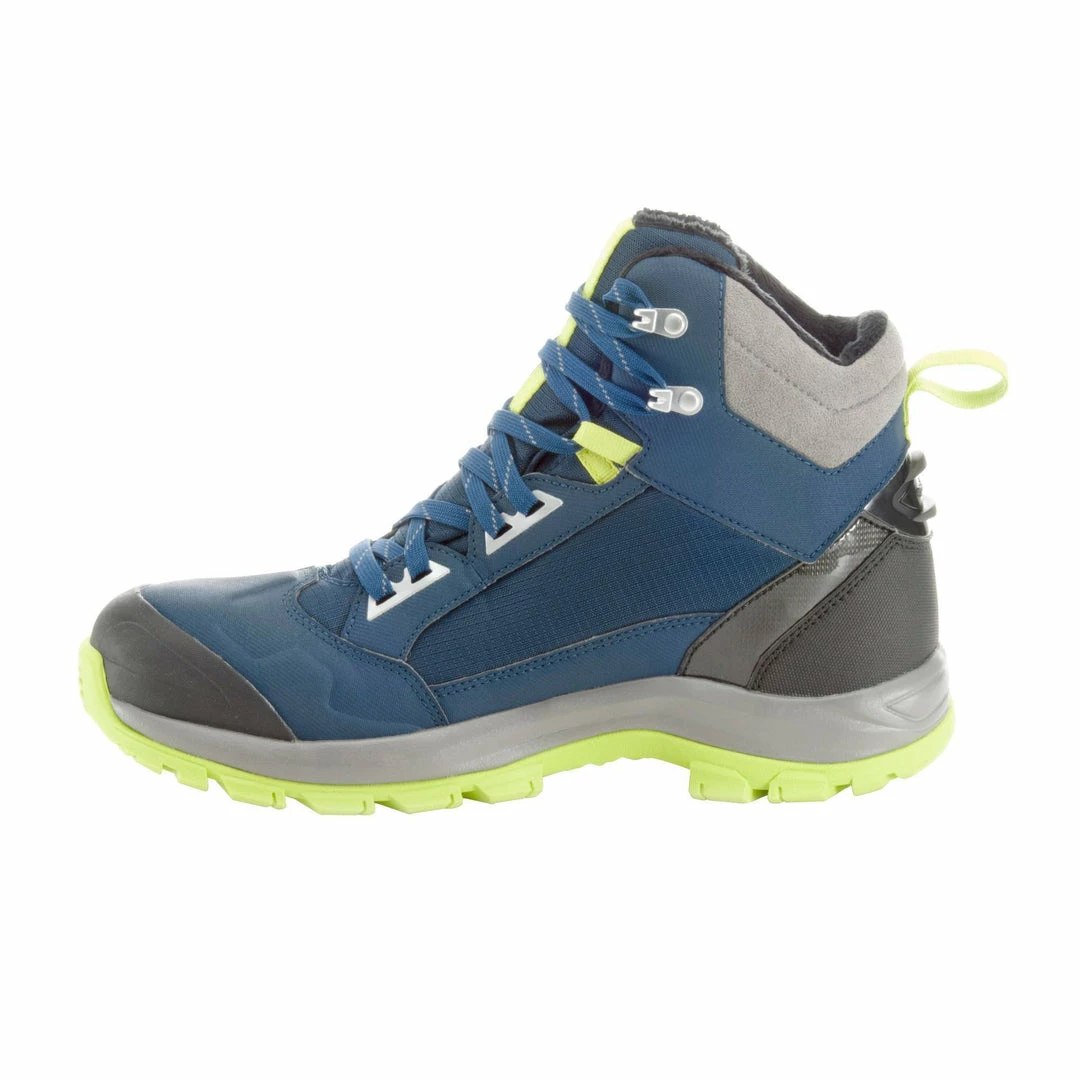
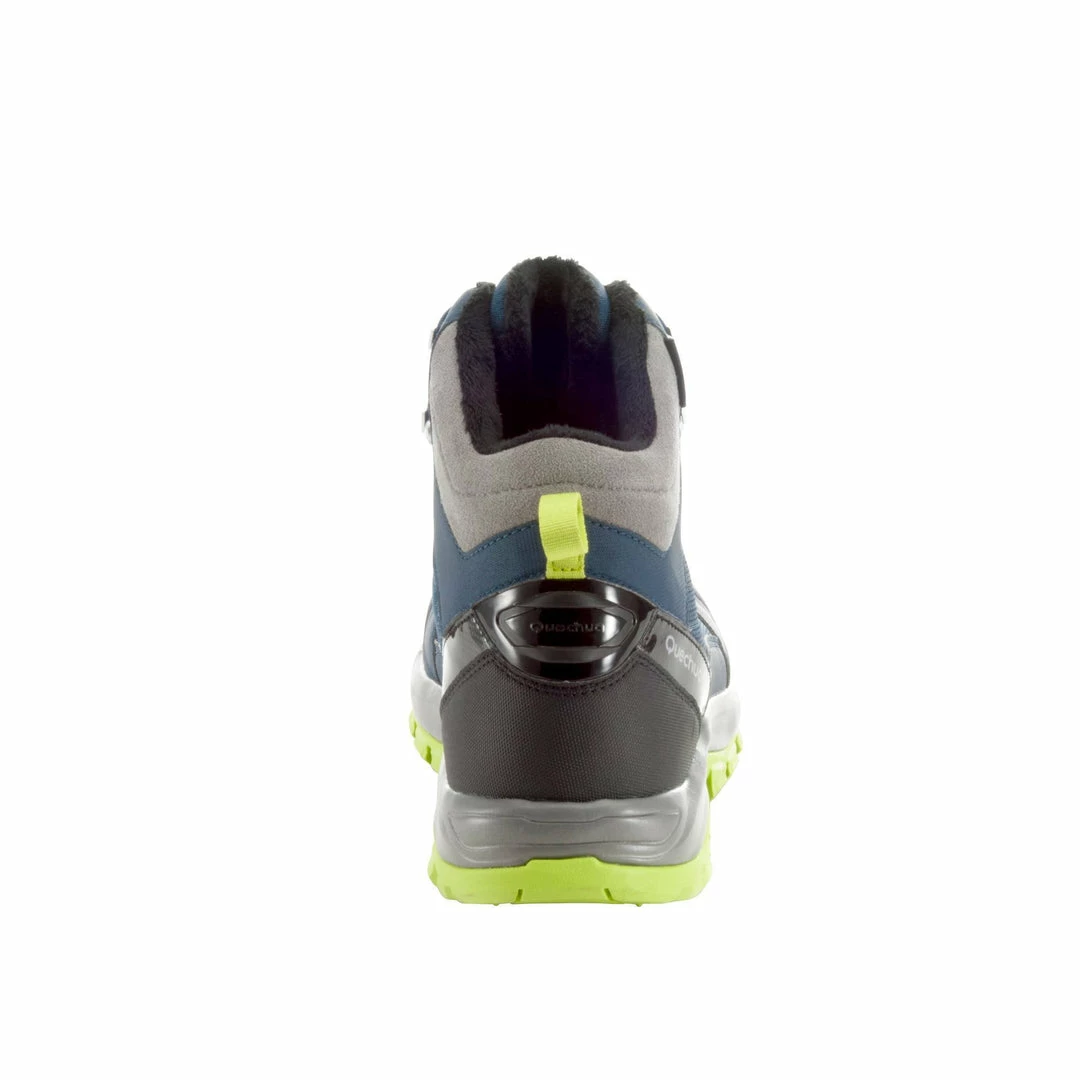

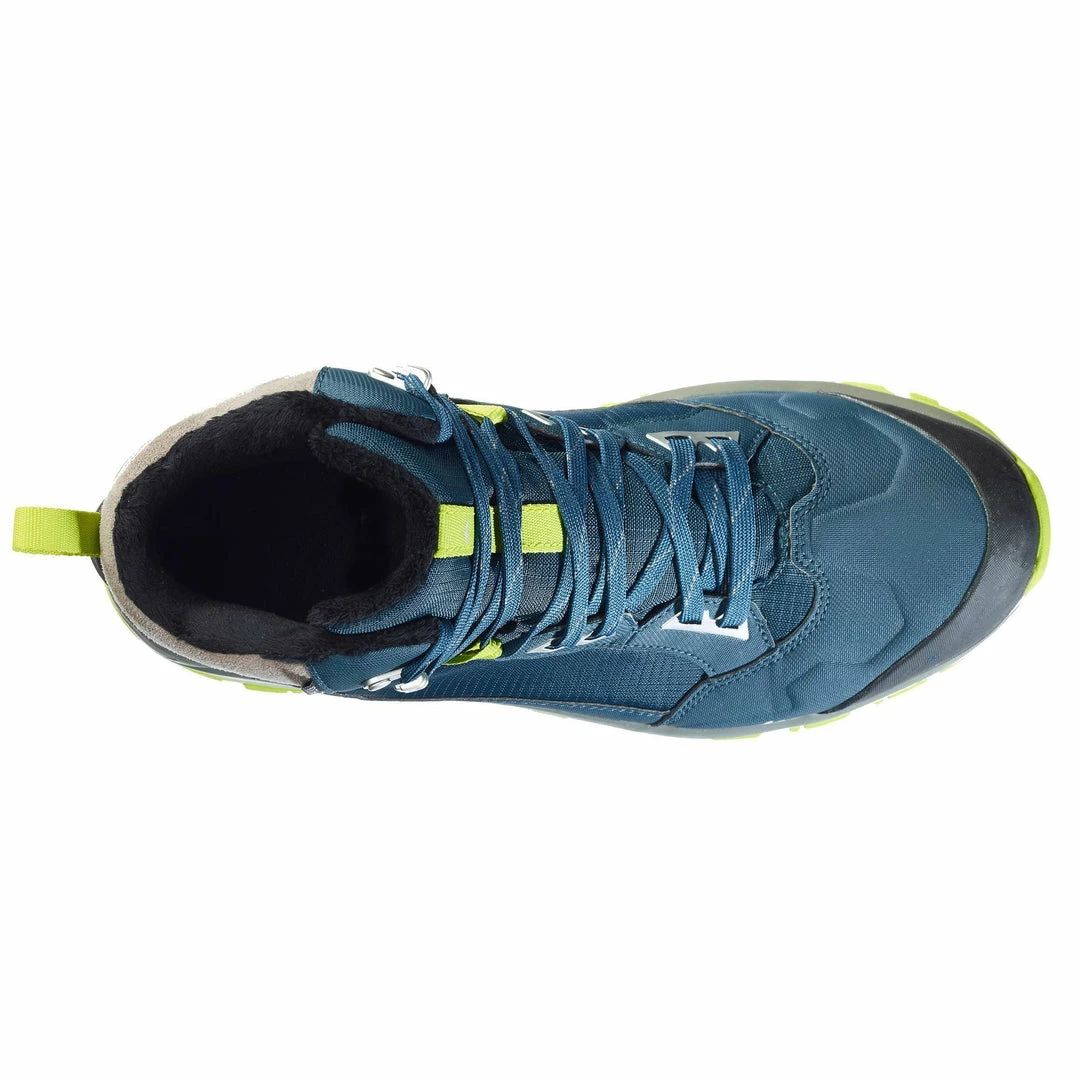
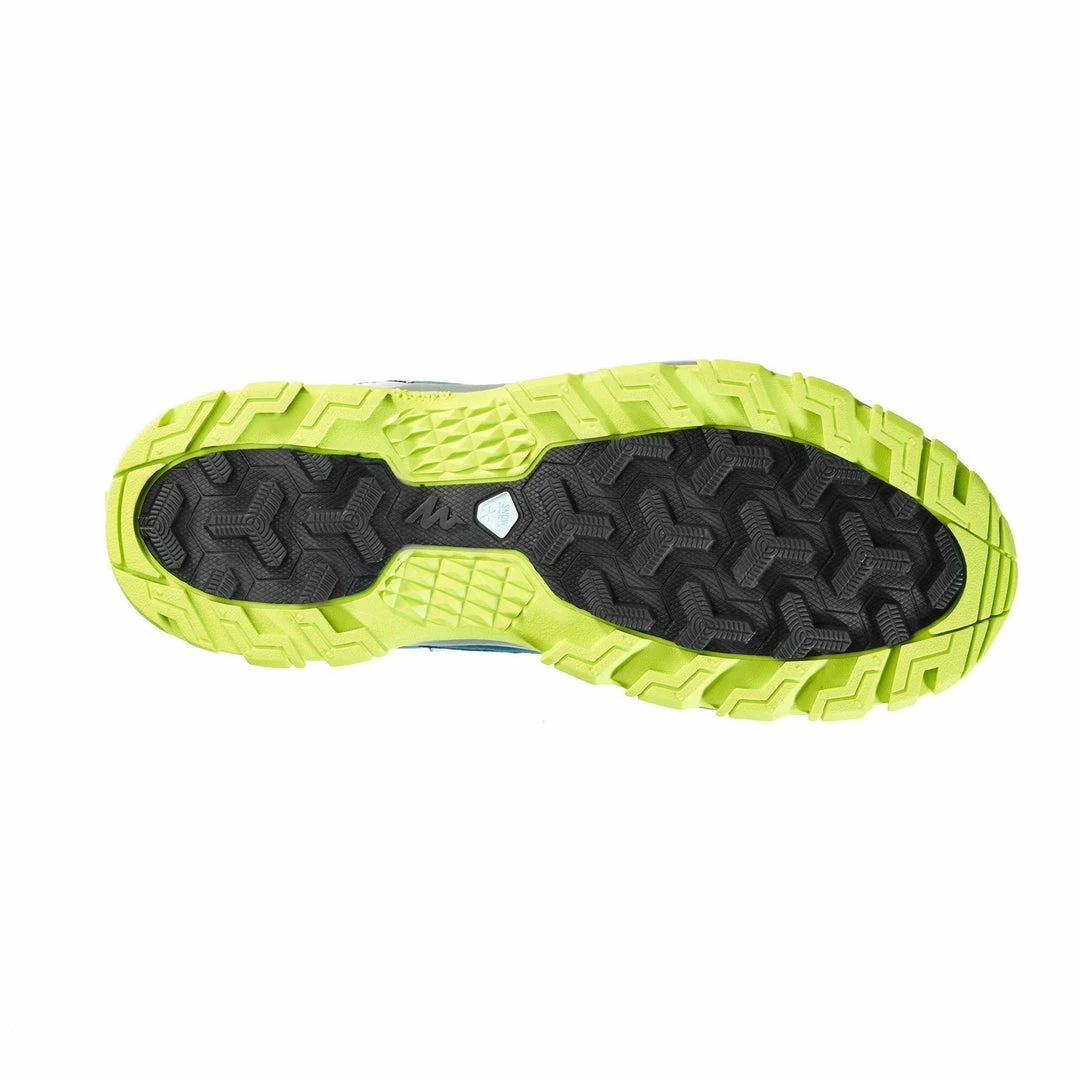
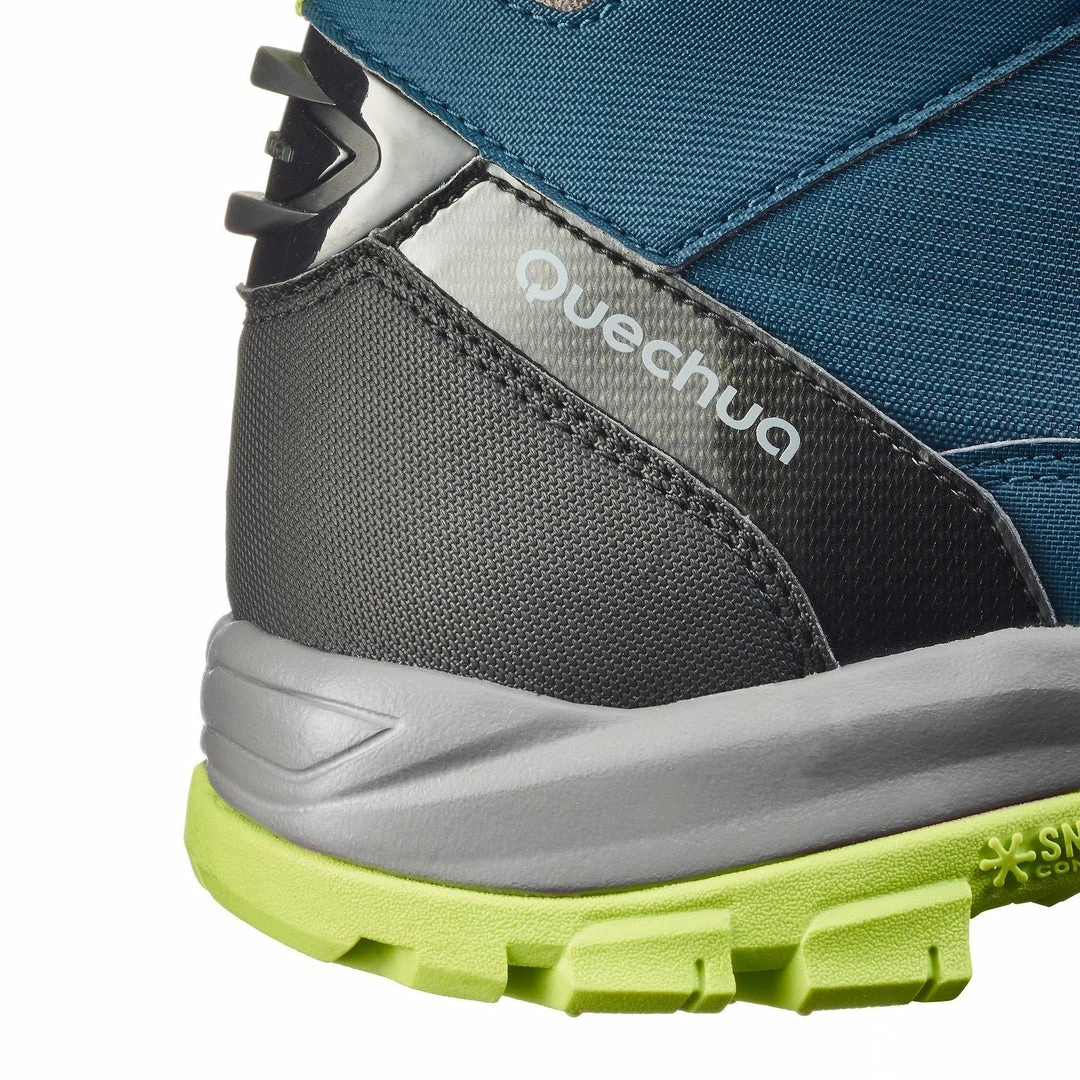


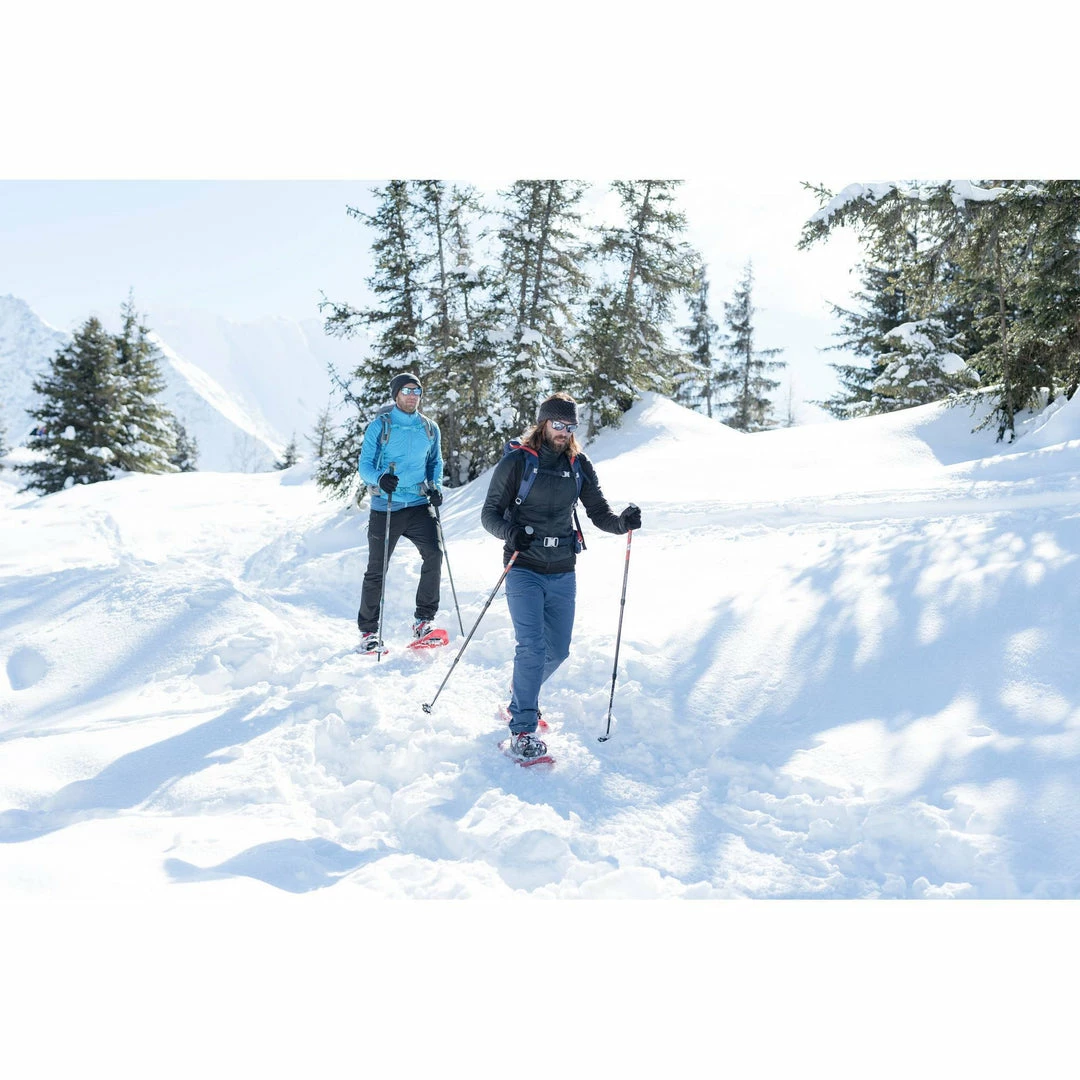


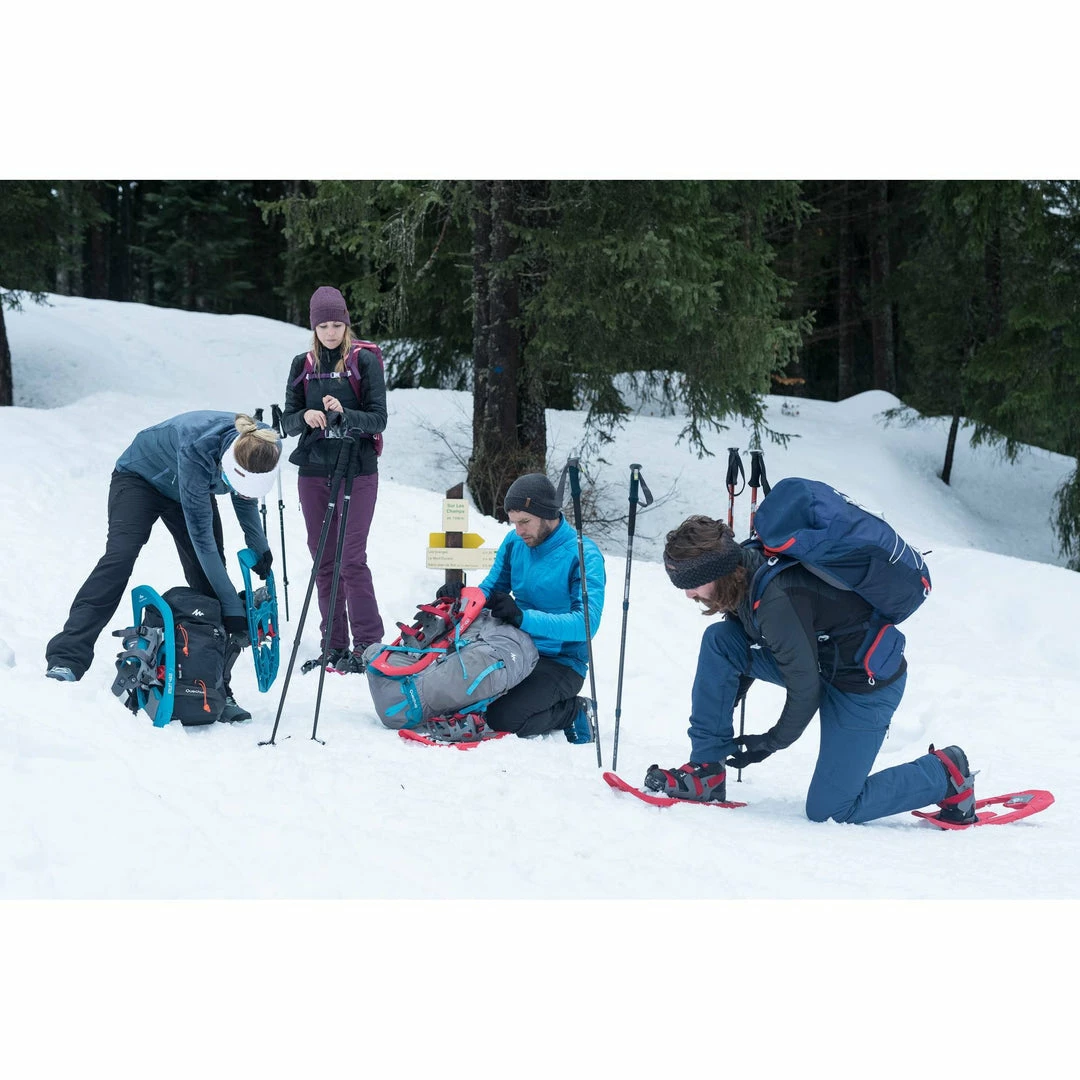
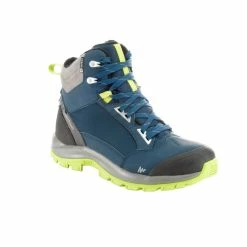
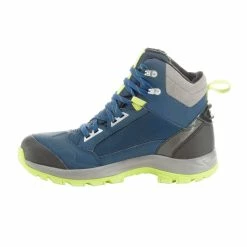
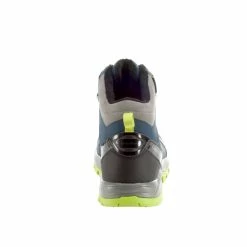
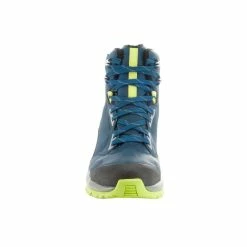
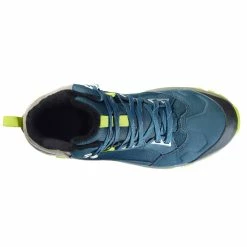
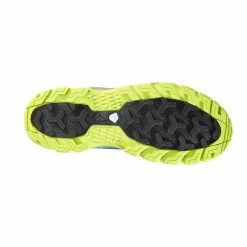
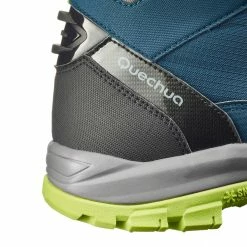

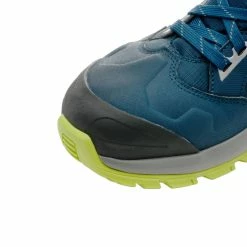
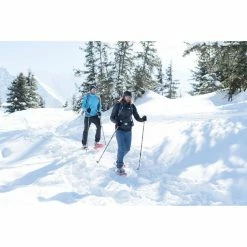
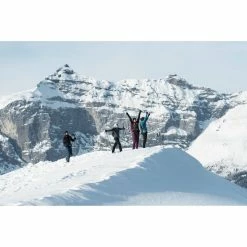

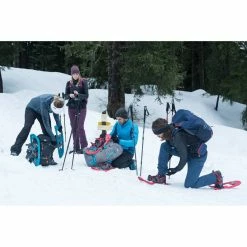














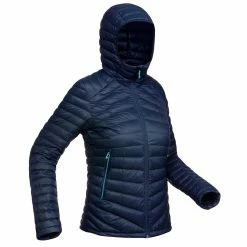
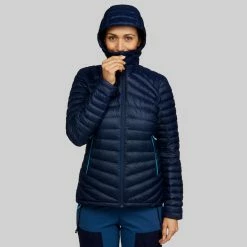
Reviews
There are no reviews yet.